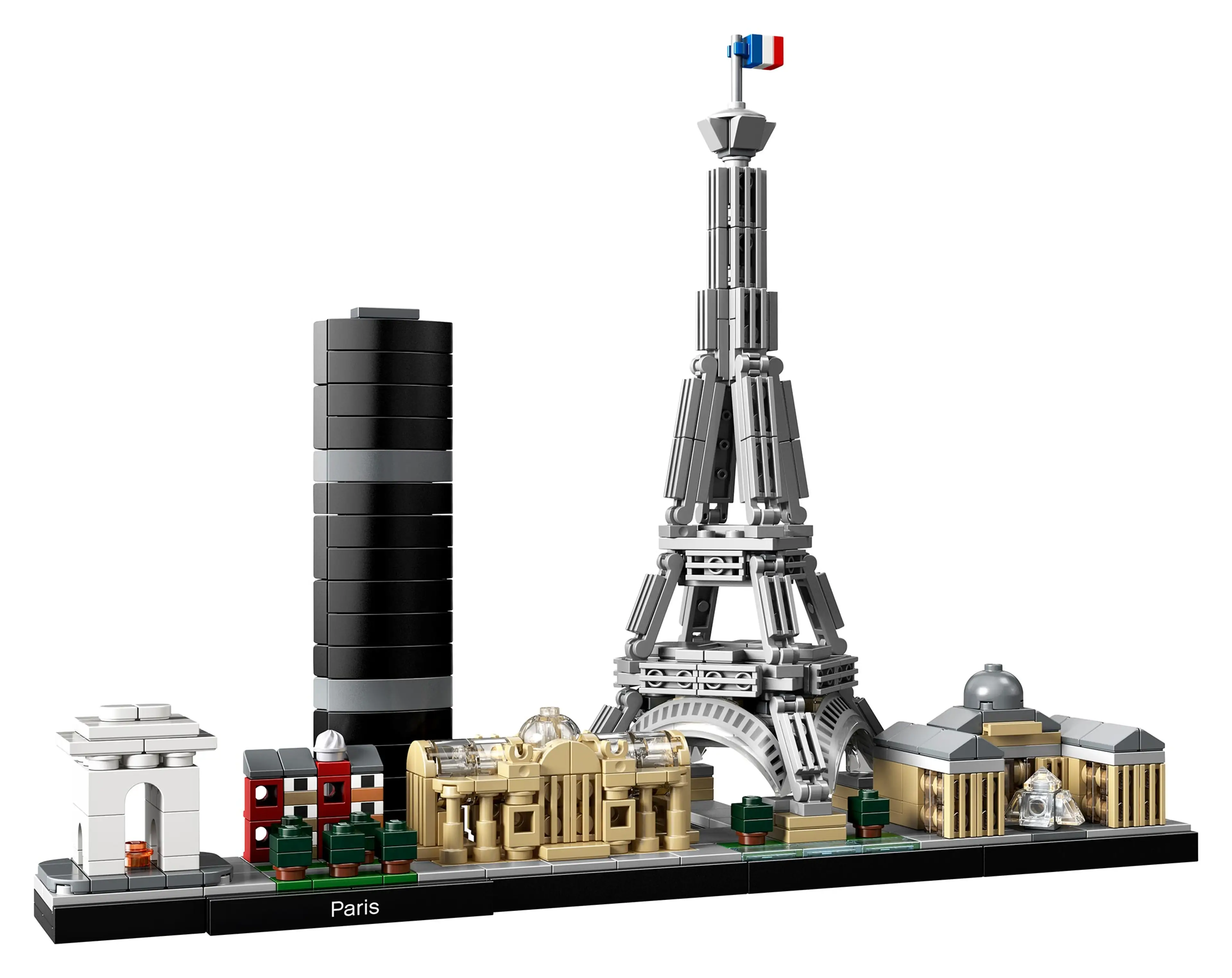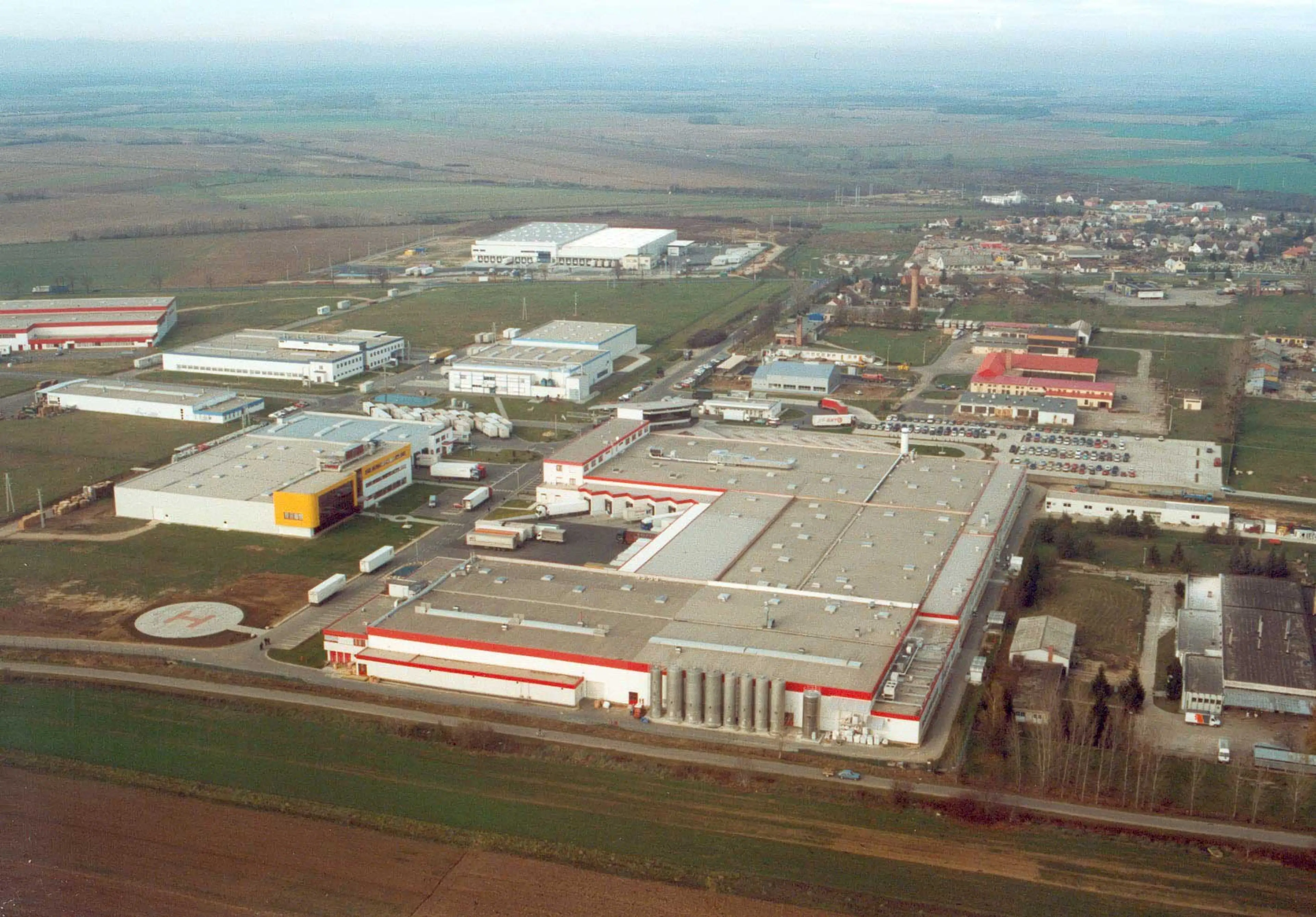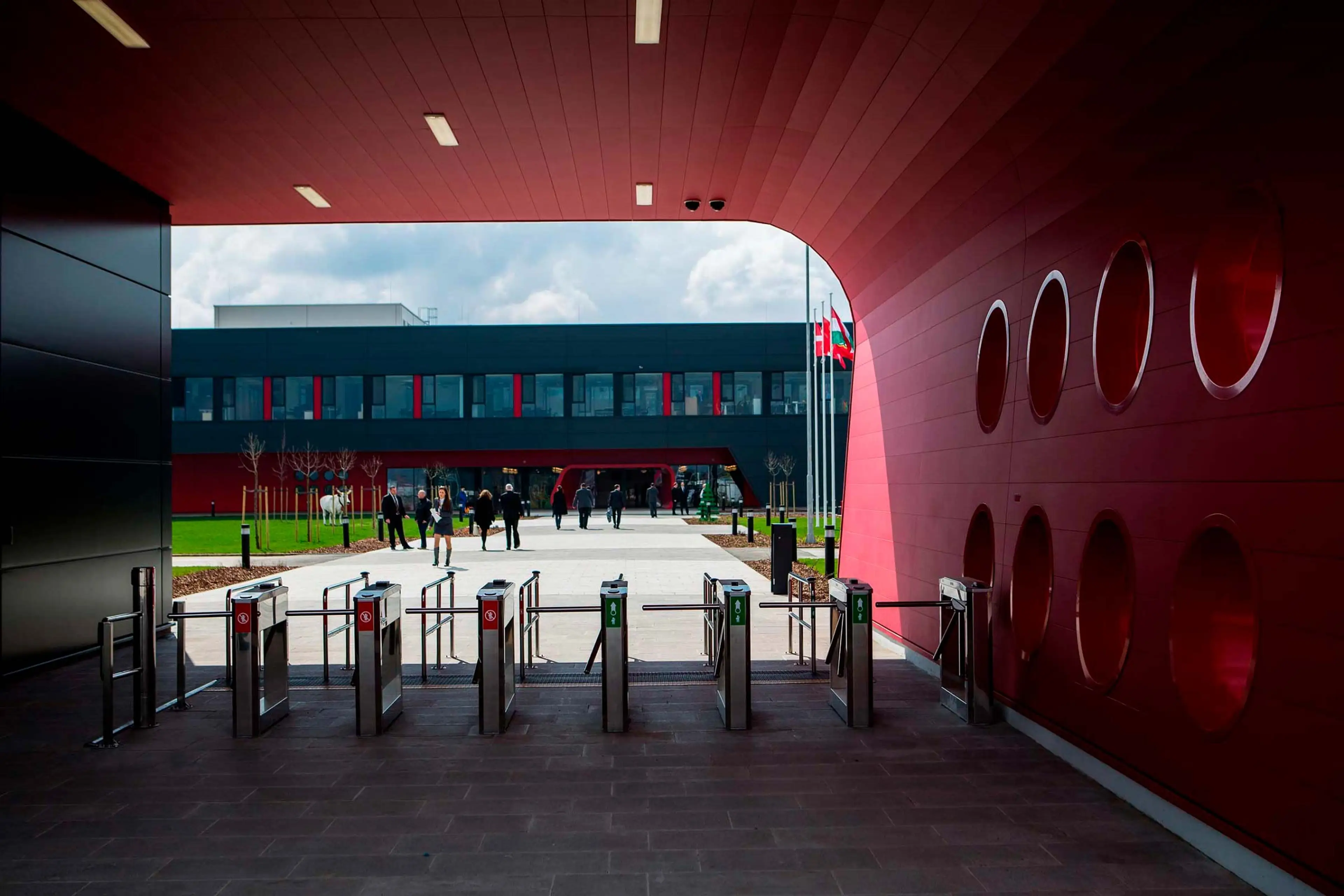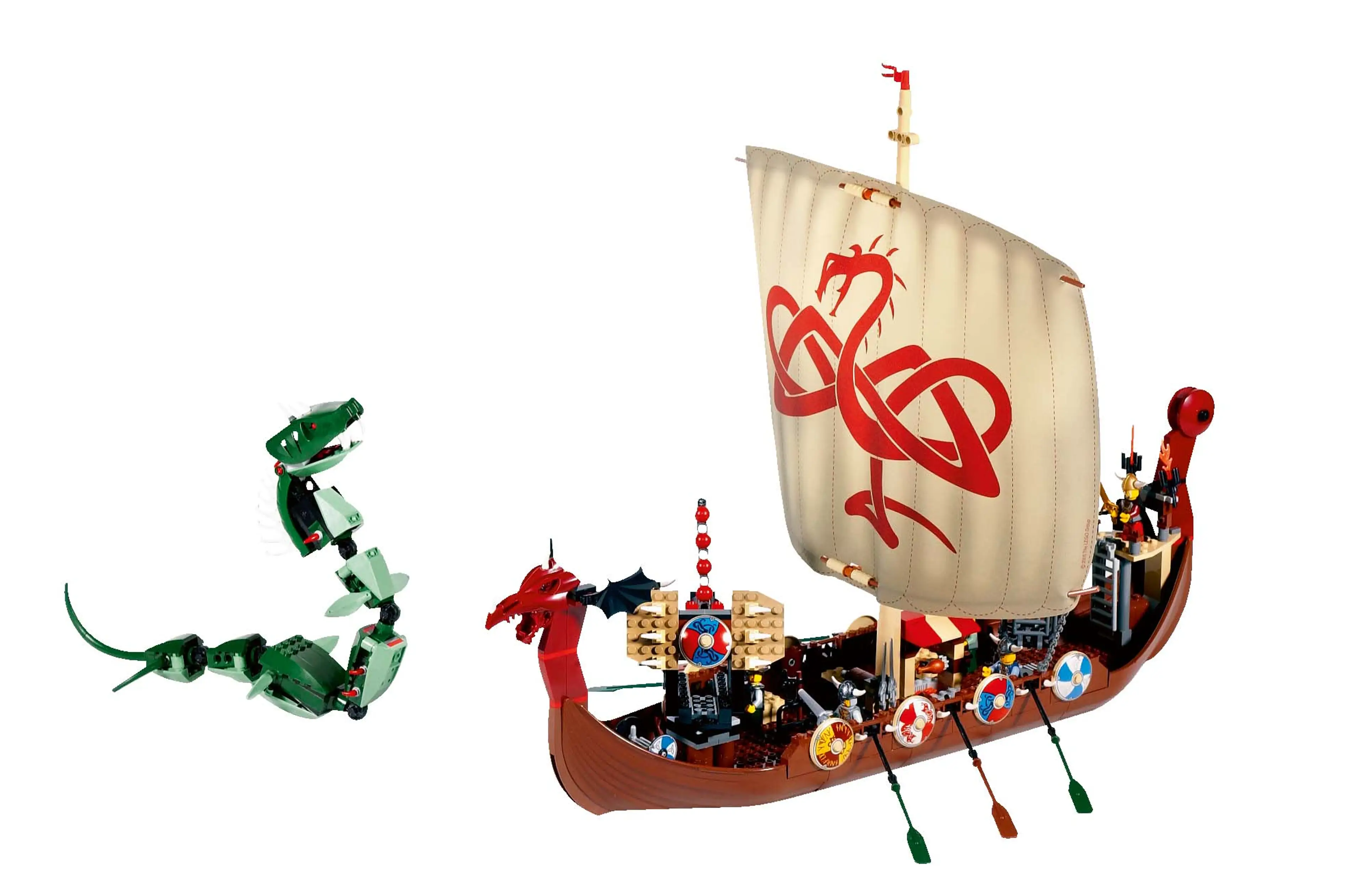In 2006, the first production of LEGO products starts in Hungary. The company Flextronics is in charge of production. Flextronics is the LEGO Group's business partner from 2006-2008 when LEGO production is outsourced in connection with the Shared Vision programme.
A troubled beginning
Flextronics has two factories in Hungary for production of LEGO products. The two factories are located in Sárvár and Nyíregyháza.
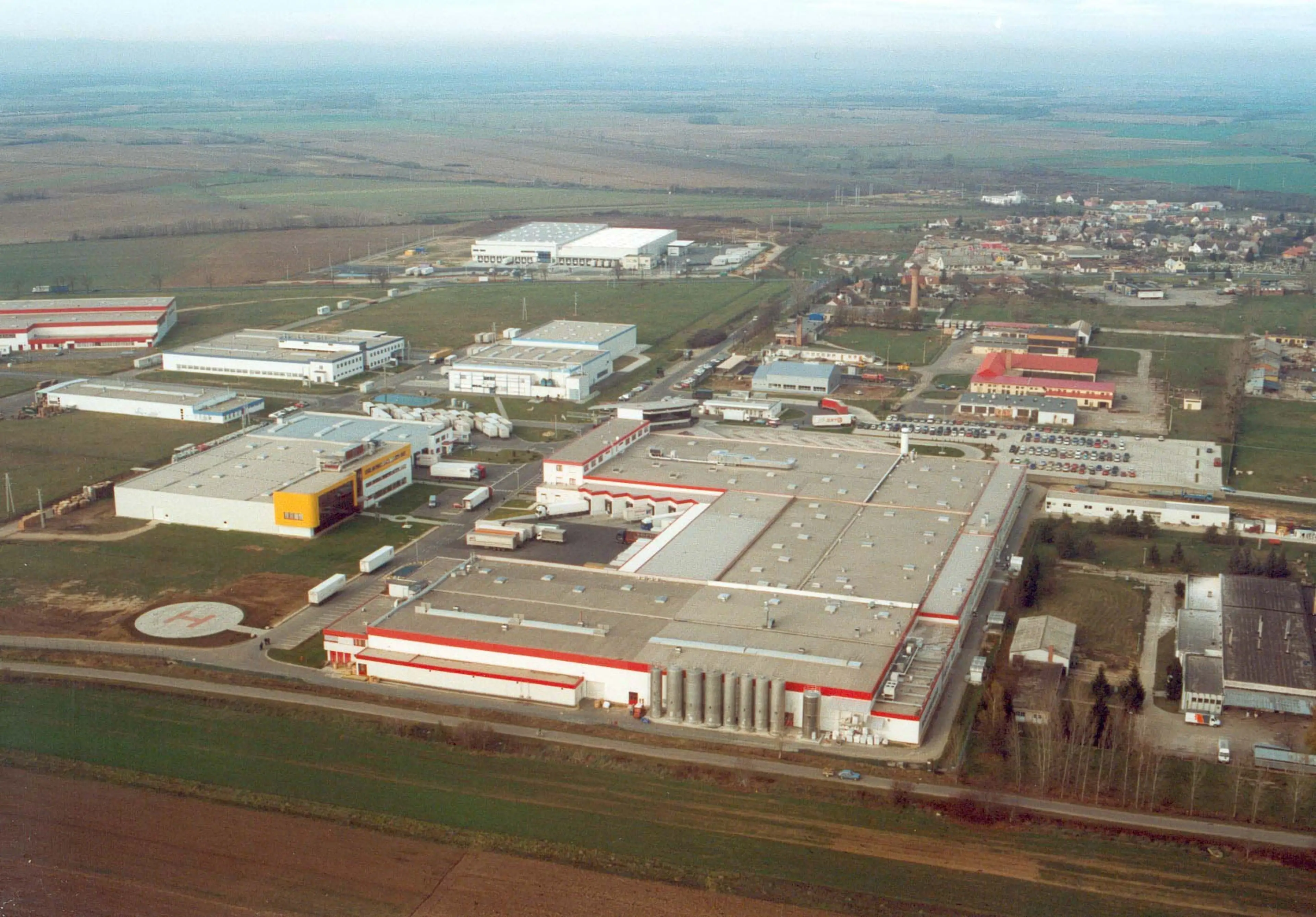
The Flextronics facility in Sárvár, 2006
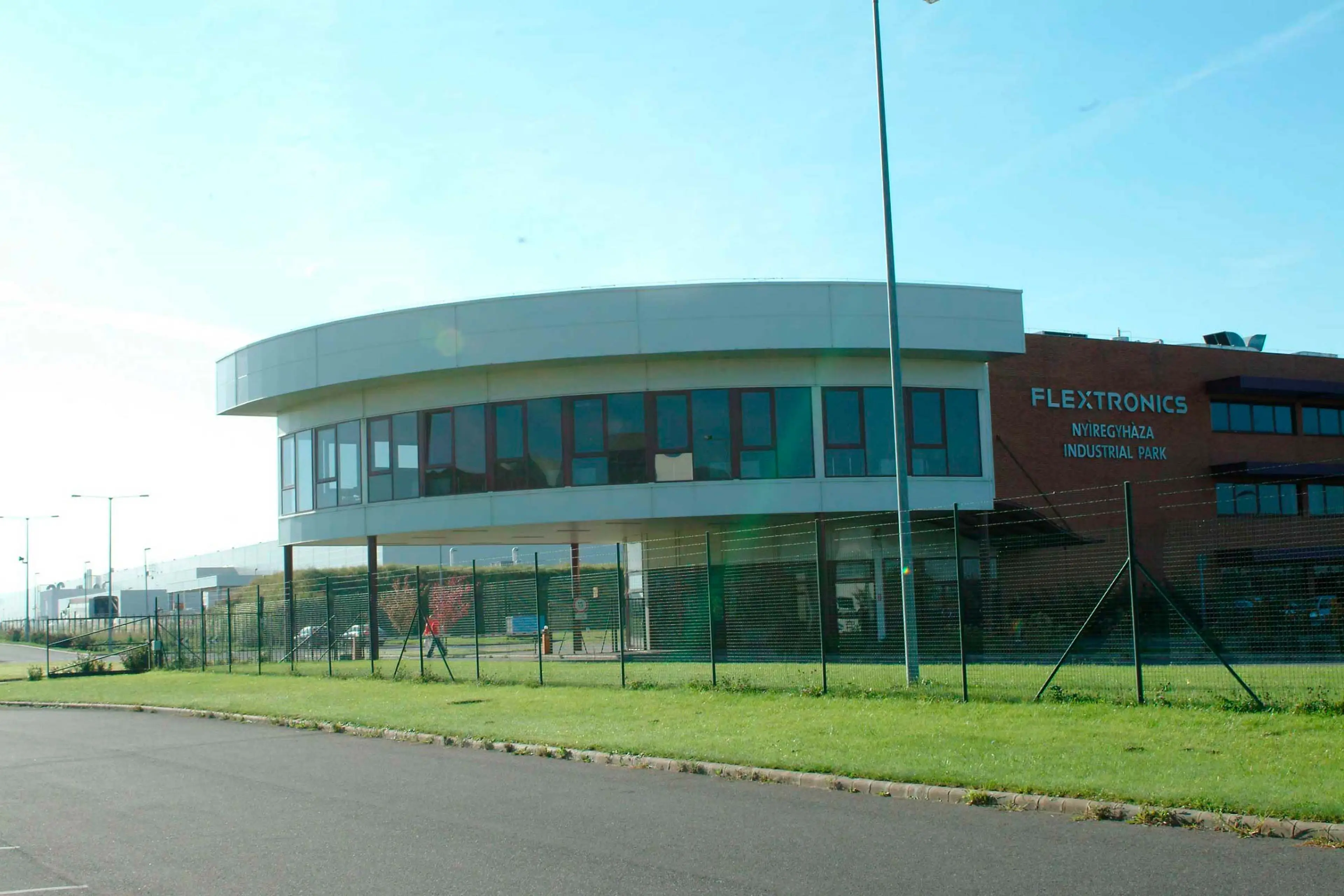
The Flextronics facility in Nyíregyháza, 2006
Production of LEGO elements commences in 2006 beginning with LEGO DUPLO production in Sárvár. Later in 2006, production starts in the Nyíregyháza facility. Initially, the Nyíregyháza factory will function as a “bulk production” centre, to guarantee supplies during the outsourcing transition period.
Later, production of LEGO DUPLO bricks runs into problems. For example, Flextronics is unable to produce adequate quantities of the LEGO DUPLO flower, and the Sárvár factory has logistics and warehouse‑management problems. This eventually leads to the LEGO Group taking over production again in 2008.
The LEGO Group acquires the Nyíregyháza factory in 2008 from Flextronics and once more takes over production of LEGO bricks and LEGO DUPLO bricks. The LEGO Group has several reasons for insourcing production again, including Flextronics’ production problems and the fact that LEGO Group sales are once more on the increase.
Building a new factory
Over time, space at the Nyíregyháza factory becomes cramped as the demand for LEGO products increases. In 2012, the LEGO Group embarks on a project to build a new factory close to the existing one for the manufacture of LEGO System and LEGO DUPLO products. Site work begins in the autumn of 2012.
.jpg?width=3840&quality=68&auto=webp&format=webply)
Building site for the new LEGO factory in Nyíregyháza, 2013
The new LEGO factory is officially inaugurated March 25th, 2014. The new 122,000‑m² factory have more space than 30 football pitches and house a molding department, decorating, processing, pre‑pack lines, pallet warehouse and high‑bay storage.
One important element in the design of the new factory is the environmental consideration, and the facility, upon opening, is referred to as “the greenest factory in Hungary”. For example, there will be recharging points at the factory for electric cars, cycle paths to and from the site, an artificial lake for recycling water, and large groups of trees and shrubs.
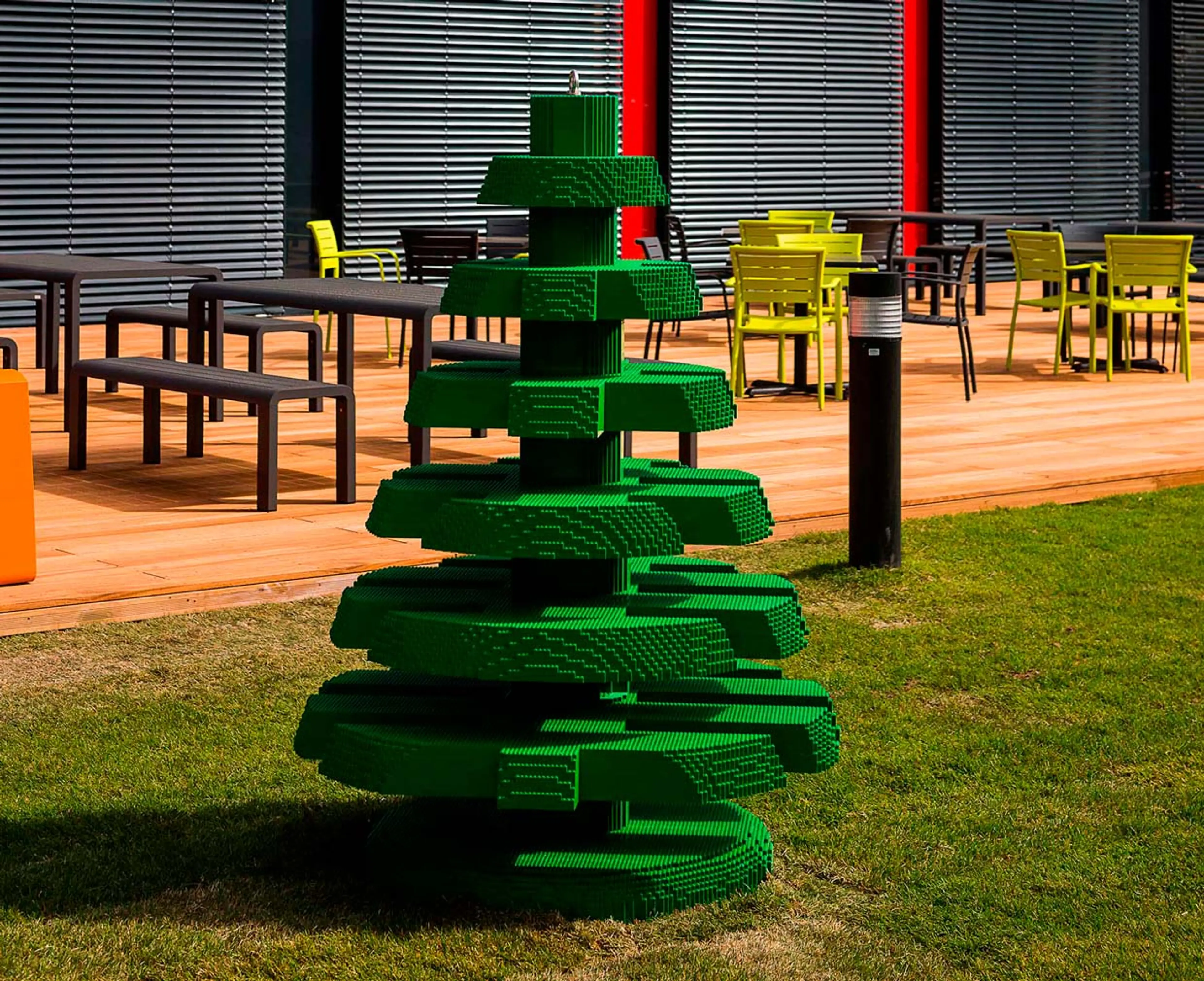
Beside real trees and shrubs, the outdoor area surrounding the factory also contains trees made out of LEGO bricks
Expansion again
In 2015, the LEGO Group announces another expansion of the Nyíregyháza factory. The factory will have warehousing and processing facilities added. The LEGO Group also considers expanding the factory with more molding and packaging facilities over the coming years, with the potential of doubling the factory size by 2020.
Early 2016 the LEGO Group announces more detailed plans for the expansion. In all, the factory will double in size towards 2020. The expanded factory will contain a new molding facility with space for more than 750 molding machines. Besides, a manual warehouse, new high bay warehouses with storage facilities for more than 500,000 storage boxes and room for approximately 40,000 pallets, are planned. Furthermore new packing lines and new processing buildings for decoration and assembly of LEGO elements will be part of the expansion.
In all the size of the factory will increase from 120,000 m2 to 290.000 m2.
The first of the new facilities will be ready for production in 2018.
System in factories
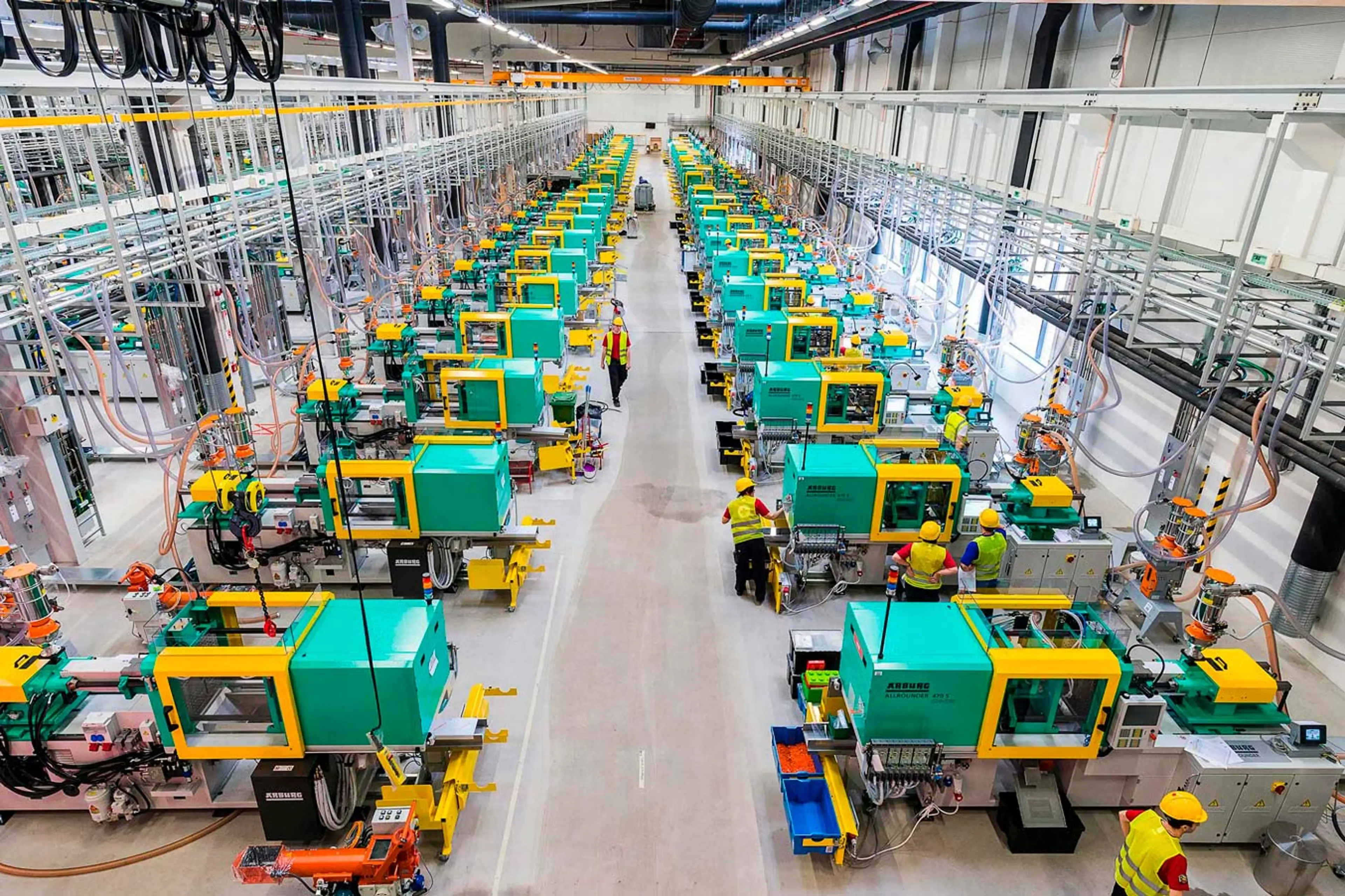
Molding machines at the Nyíregyháza factory, 2014
The Nyiregyhaza factory will be expanded according to the same modular system as the other LEGO factories in Denmark, Mexico, the Czech Republic and China. A modular system, which was founded with the building of the Kornmarken factory in Billund, Denmark, in the 1980s and used for the first time when building the first LEGO Factory in Monterrey, Mexico, in 2009.
Using the modular system, the LEGO Group can react and adapt more quickly to the demand for LEGO bricks and boxes.
